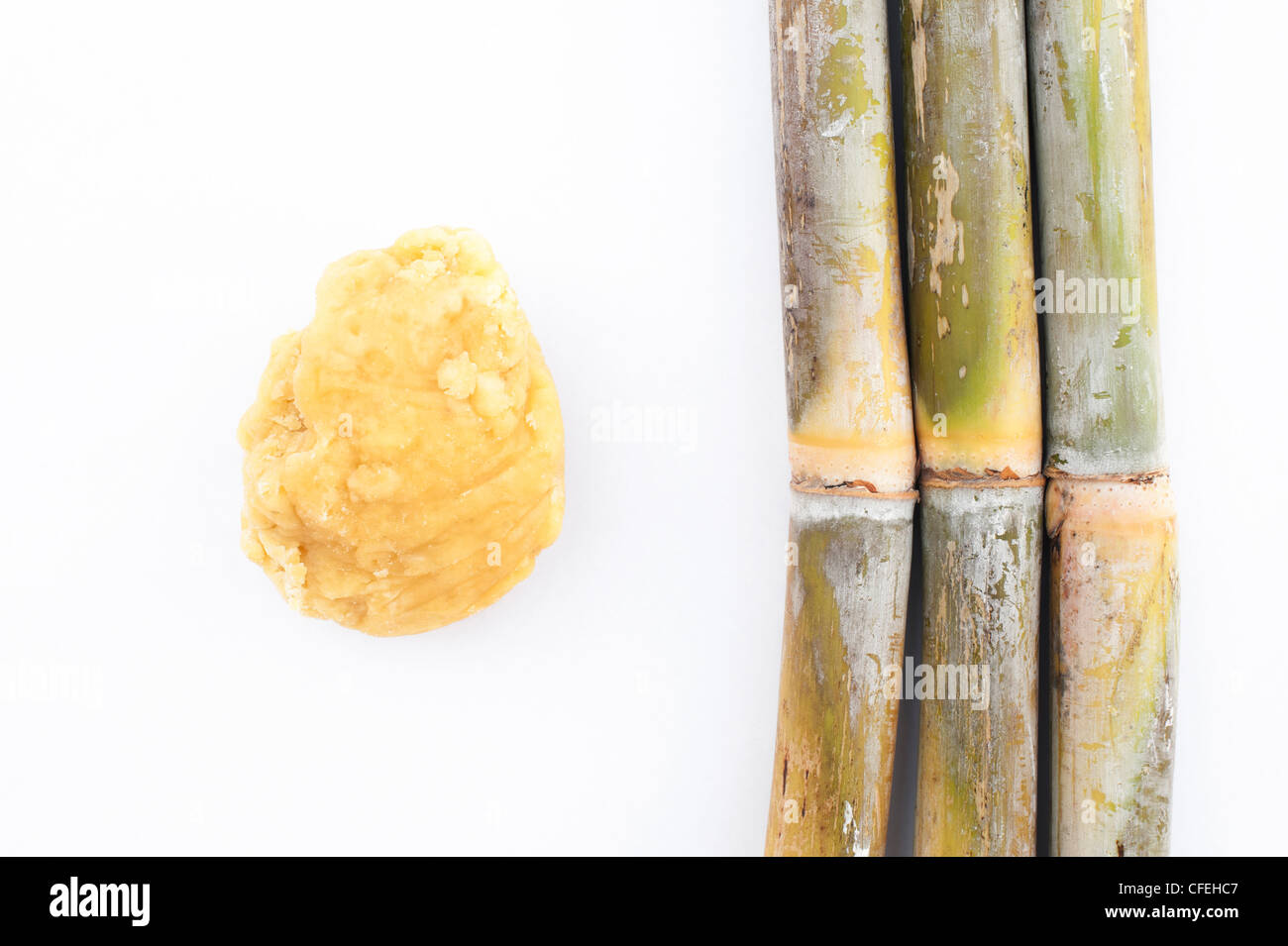The Trip of Sugarcane: From Harvest to Everyday Products
The trip of sugarcane is a diverse process that begins with meticulous cultivation and finishes in a selection of items that penetrate our day-to-day lives. From the minute the walking sticks are harvested at their peak sucrose degrees, they undertake a series of elaborate steps, consisting of cleaning, crushing, and clarification. These procedures not only yield sugar but additionally unlock a variety of by-products, such as ethanol and eco-friendly packaging materials. As we discover the different facets of sugarcane's trip, its function in sustainability and the broader effects for our atmosphere entered into sharper emphasis. What lies beyond the pleasant surface?
Cultivation of Sugarcane
The farming of sugarcane is an important agricultural procedure that requires certain environmental conditions and monitoring methods. Optimum growth happens in tropical and subtropical areas where temperatures range in between 20 ° C and 32 ° C. Adequate rainfall or irrigation is essential, as sugarcane prospers in wet soil with well-drained problems (sugarcane product). Dirt quality substantially influences yield; therefore, farmers often conduct dirt examinations to identify nutrient demands
This method facilitates efficient harvesting and takes full advantage of sunshine exposure. Crop rotation and intercropping are recommended practices to enhance dirt fertility and reduce parasite problems.
Timely application of these plant foods can substantially enhance sugar returns. Generally, successful sugarcane farming hinges on a mix of environmental stewardship, critical planning, and recurring administration practices.
Gathering Techniques
Effective sugarcane cultivation finishes in the harvesting phase, which is pivotal for making best use of yield and making certain high quality. The timing of the harvest is critical; sugarcane is normally harvested when sucrose levels optimal, typically in between 10 to 18 months after planting. This period differs based on climate, dirt kind, and sugarcane selection.
Harvesting strategies can be broadly categorized right into guidebook and mechanical techniques. Hands-on harvesting is labor-intensive, relying on competent employees who utilize machetes to reduce the stalks short. This method enables for discerning harvesting, where just the ripest canes are selected, consequently boosting overall sugar material.
On the other hand, mechanical harvesting has actually gained popularity as a result of its efficiency and cost-effectiveness. Specialized farmers outfitted with cutting blades and conveyor systems can refine huge areas rapidly, substantially lowering labor costs. However, this method may cause the incorporation of immature canes and a prospective reduction in sugar high quality.

Despite the method employed, making certain that collected walking canes are moved swiftly to refining facilities is important. Prompt handling minimizes perishing and maintains the stability of the sugarcane, setting the phase for optimum processing.
Processing Approaches
Handling sugarcane includes several critical actions that transform the harvested stalks right into functional products, largely sugar and molasses. The preliminary stage is cleaning the walking stick to remove dirt and debris, followed by the removal of juice with squashing or milling. This procedure generally important source uses heavy rollers that break the walking cane fibers to release the pleasant liquid contained within.
When the juice is extracted, it undertakes information, where impurities such as dirt particles and bagasse are eliminated. This is frequently attained by adding lime and warming the juice, enabling sedimentation. The made clear juice is then focused through dissipation, where water content is minimized, resulting in a thick syrup.

Eventually, the handling of sugarcane not just produces sugar and molasses however additionally lays the groundwork for different by-products, which will be checked out next page in succeeding conversations.
Products Derived From Sugarcane
Sugarcane is a versatile plant that generates a wide range of items past simply sugar and molasses. Among the main spin-offs are ethanol and biofuels, which have actually gained prominence as renewable resource resources. Ethanol, generated through the fermentation of sugarcane juice, works as an alternate to fossil fuels and is typically blended with gasoline to develop cleaner-burning gas, decreasing greenhouse gas emissions.
Furthermore, sugarcane is a substantial source of bagasse, the coarse deposit remaining after juice removal. Bagasse is made use of in various applications, including the manufacturing of paper, biodegradable packaging, and as a biomass fuel for energy generation. Its use not only decreases waste however likewise improves the sustainability of sugarcane processing.
In addition, sugarcane-derived items include the food market, where it works as a natural flavor representative and sugar in different culinary applications. In the world of cosmetics, sugarcane removes are included into skin care products due to their all-natural exfoliating properties.
Environmental Effect and Sustainability
The cultivation and this website handling of sugarcane have considerable implications for environmental sustainability. This plant requires considerable water sources, usually resulting in exhaustion of local water materials and affecting bordering environments. Furthermore, the use of plant foods and pesticides in sugarcane farming can cause dirt degradation and river contamination, posing dangers to biodiversity.

Sustainable sugarcane farming likewise advertises dirt health with plant rotation and reduced tillage, improving carbon sequestration. The fostering of these techniques not only supports ecological honesty but likewise boosts the strength of farming communities against environment adjustment.
Conclusion
In summary, the journey of sugarcane includes numerous phases from cultivation to processing, eventually causing a vast array of products. The importance of sugarcane prolongs past plain sugar, adding to renewable energy through ethanol production, lasting packaging via bagasse, and all-natural essences for cosmetics. This complex plant plays a vital duty in both nutritional enrichment and ecological sustainability, highlighting its relevance in modern farming and commercial techniques.
Effective sugarcane farming finishes in the collecting stage, which is crucial for maximizing yield and ensuring quality. The timing of the harvest is crucial; sugarcane is generally harvested when sucrose levels peak, generally in between 10 to 18 months after growing.Processing sugarcane involves several critical actions that change the gathered stalks into usable items, largely sugar and molasses.Sugarcane is a functional crop that yields a wide selection of items beyond just sugar and molasses. In addition, the usage of fertilizers and chemicals in sugarcane farming can result in dirt deterioration and waterway air pollution, presenting dangers to biodiversity.